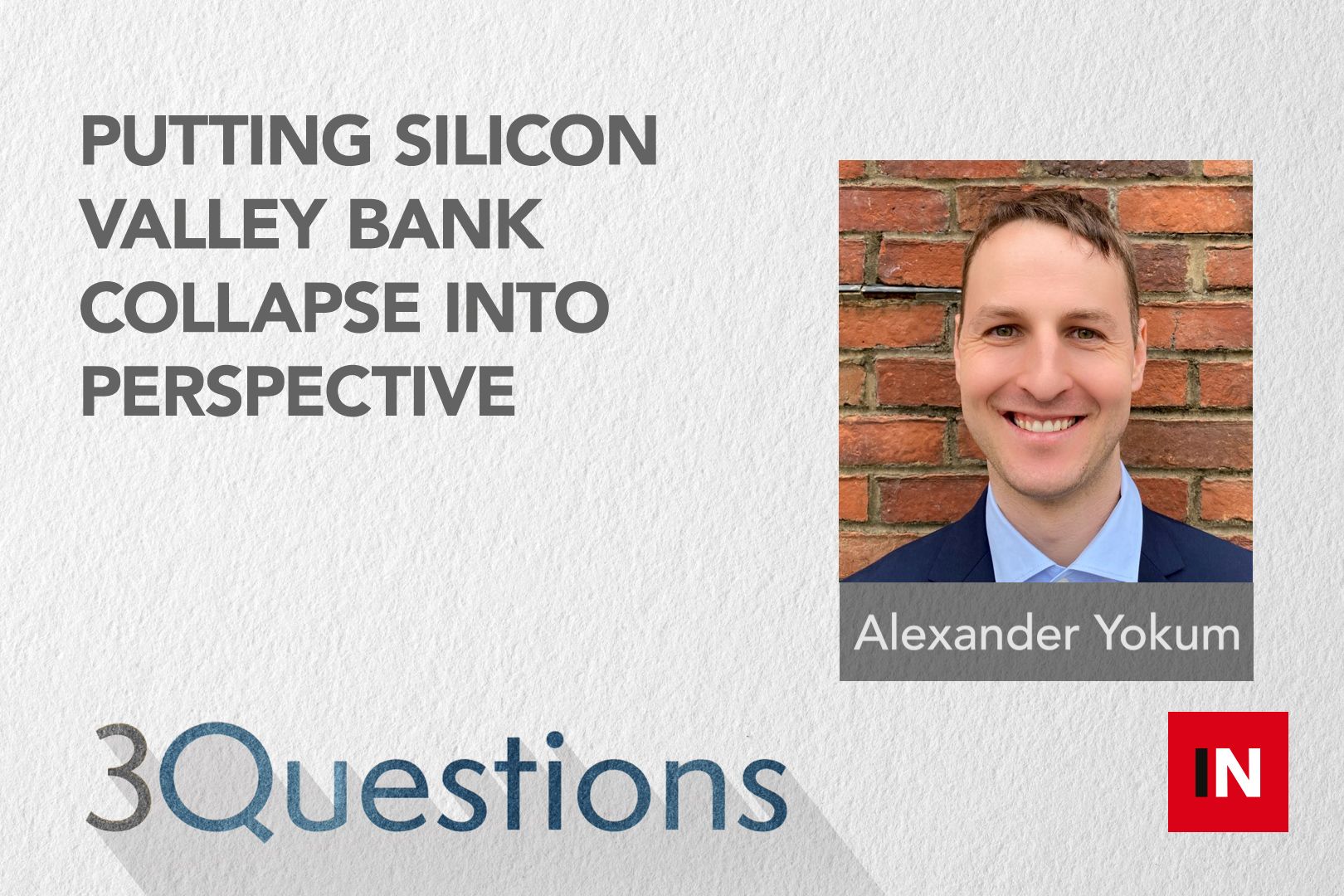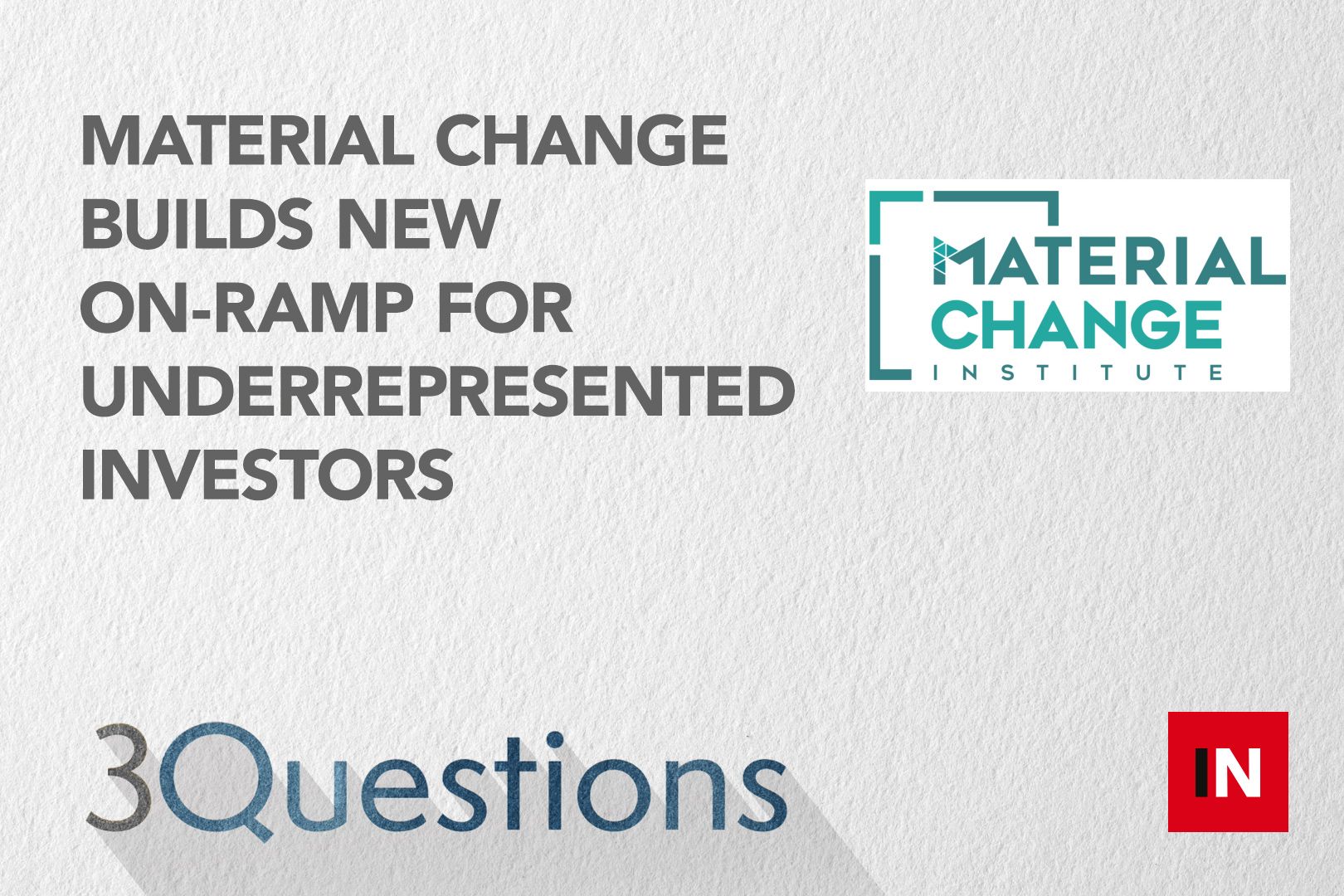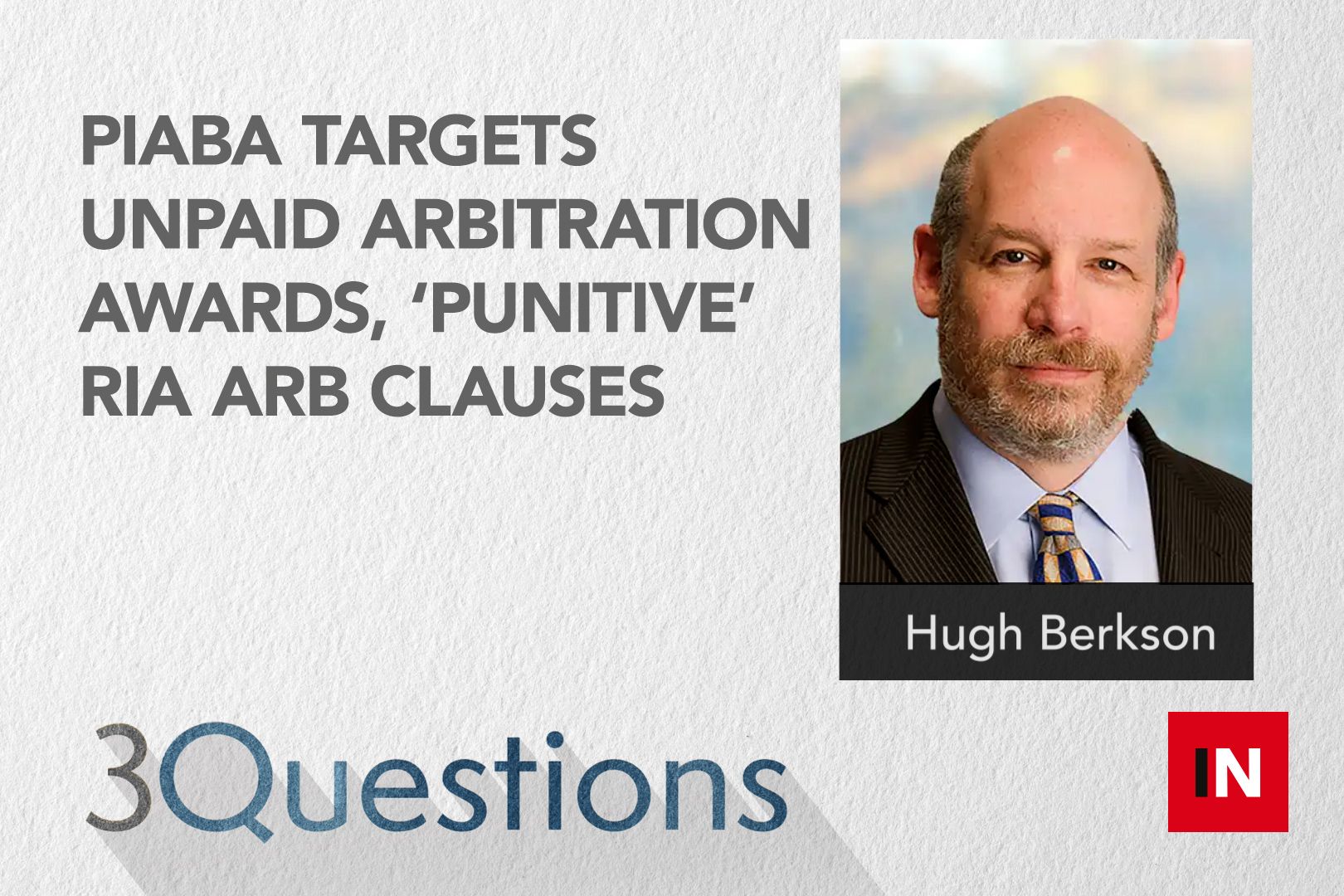3 Questions: Tara Fung on investing in alts
Fung, chief revenue officer at AltoIRA, explains how the company allows people to use their retirement funds to invest in alternatives online.
Transcript:
[JB] This is Jeff Benjamin with ‘Three Questions’. Today we have Tara Fung of AltoIRA. How are you doing Tara?
[TF] Doing great. How are you Jeff?
[JB] I’m great also, and thank you very much for being here. First question we have for you is: what is this thing called AltoIRA? It sounds technical and complicated but hopefully you can explain it to even me.
[TF] Well, we are a financial technology firm, or finch firm, but at the highest level what we do is enable individuals to invest into anything they want, using their retirement funds, and we help advisors and other financial intermediaries to elegantly facilitate these private market investments on behalf of their clients.
You might be asking why this matters? Retail investors as a whole, so people like me and you, the majority of our investable assets are in our retirement accounts. And most of these retirement accounts are held with really large financial institutions – companies like Fidelity, Schwab, TD Ameritrade. And these financial institutions won’t allow us to invest our retirement funds into private market opportunities or alternative assets. And so if you want to do that you have to go to a specialised service provider, something called a ’self-directed IRA custodian’. Companies like us have been around for 40 plus years, but what we try to do that is different is that we try to use technology to lower the cost of providing these accounts and also increase the time at which people can identify and execute investments into alternative assets.
[JB] Why is it important to be in alternatives? Why is the appetite increasing right now?
[TF] Yeah, it’s a great question, because public markets are becoming less and less diverse. Mckinsey did a study where they found that the number of public companies has dropped by 46% since the mid-90s. And so true access to portfolio diversification is becoming increasingly difficult if you’re only relying on publicly traded stocks, bonds and mutual funds.
And this is a little bit of the story of how I came to Alto, just a few months ago. So I personally had heard of the ability to invest in art as an asset class. I thought that was fascinating. And historically, if you wanted to invest in art you needed, say, £2 million to go out and buy a really nice painting, which I definitely didn’t have, and there are companies out there that are taking these asset classes that provide meaningful diversification, and they’re providing access to people like you and me to invest at very low investment minimums. So I was able to go online and invest in a Bastiat painting, with $500. And get exposure to the art market which provides meaningful diversification and decreases the volatility in my portfolio overall. And I was able to do that using my retirement account as a funding source, which makes a ton of sense.
[JB] If I only had $500 I would follow your lead on that. Thank you.
I gotta ask you, with all this risk and reward, I want to look at the risk side for a second. What are the risks of increasing access to alternatives? Everybody always talks about these things being for super-duper rich people, but you want put them right in an IRA for retail investors.
[TF] Yeah so, a Blackstone study from 2019 showed that alternative investments both provided higher yield and lower volatility than public market investments. Whether you are investing in public market securities or private market securities, the general rules of investing still apply. Invest in what you know, invest in what you understand, and if you are investing into a volatile or high-risk asset only do so if you are prepared to lose it all.
[JB] Good stuff! Tara Fung, AltoIRA, there’s your three questions and your three answers. Thank you very much Tara.
[TF] Thanks for having me Jeff.
See also: Masterworks is opening fine art investing to the masses



